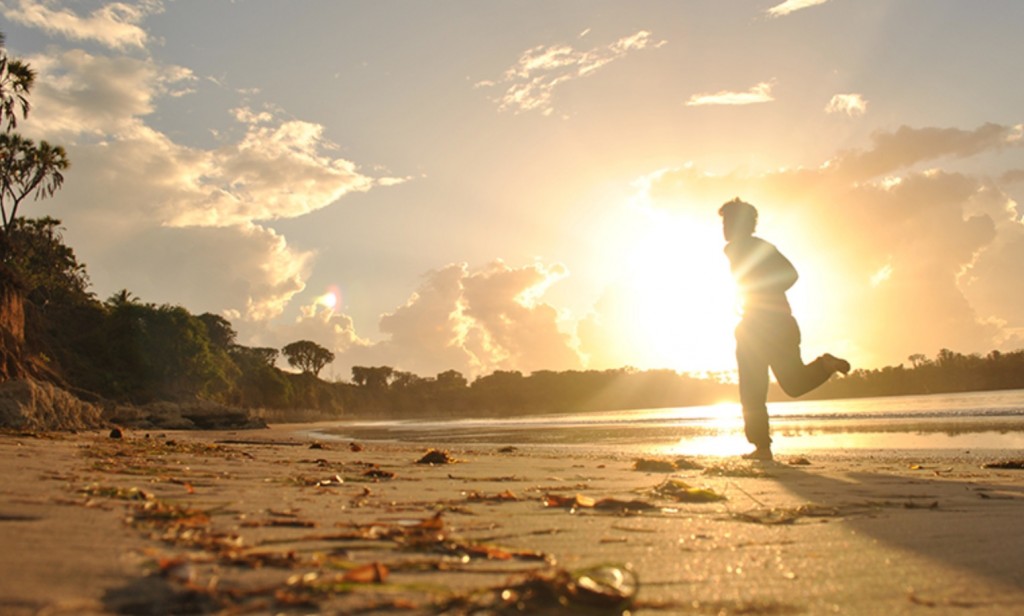
Outdoor safety is important for everyone, but it’s especially vital to protect yourself with the right safety gear. The last thing you want is a safety hazard that could potentially lead to injury/death while enjoying outdoor activities. In this blog post, we’ll go over some safety tips on how to best protect yourself during your next outdoor adventure.
Always be aware of your surroundings
We know, you can be carried away with the majesty of the great outdoors. But safety should always be your first priority, so never take anything for granted.
Just because you’re in nature, doesn’t mean there aren’t any dangers around the corner or up ahead. Constantly scan your environment and stay aware of what’s going on in all directions. Always have an escape route planned. Just in case something does happen to come up that could put you at risk.
We recommend carrying a safety whistle with you when hiking or taking part in other outdoor activities where it may not be possible to yell for help if needed. You can also bring along some kind of safety light like a headlamp or flashlight – especially important during nighttime adventures. You can use safety pins to attach a safety light as an accessory to your daypack, hat, or belt loop.
They also make safety lights that are the size of car keys so you don’t forget them when they’re needed most.
Avoid isolated areas and use well-lit paths
The outdoors are for exploring and you certainly want to do that enjoyably. But safety is important as well. So don’t go off and explore an area that has a reputation for being unsafe.
If you do happen to find yourself in such an area, be sure to stick close to well-lit paths and avoid wandering around by yourself. If there are any safety concerns at all while on your adventure, even if it’s just the slightest feeling of unease or discomfort – turn back before anything bad happens. Better safe than sorry. Most well-known nature trails are marked, so it won’t be easy to accidentally wander off.
Carry a cell phone in case of emergencies
We know you don’t want the interruptions of modern life on a hiking trail. That’s why you went after all. However, safety is always important. One of the most valuable safety tools you can carry with you to avoid any potential issues on your outdoor adventure is a cell phone.
Even if it’s just for emergencies only, having access to a cellular network could be what saves your life in an emergency situation when nobody else is around. Cell phones are also great at providing GPS coordinates that rescuers can use to find if you’re stranded or hurt during an outdoor incident. So never leave home without one.
Wear appropriate clothing for the season
Long pants and sleeves are best during mosquito season to avoid bites and ticks. while shorts will keep you cool if it’s hot outside. Be sure to wear the right kind of climbing shoes, especially if hiking or engaging in other strenuous activities. The wrong kind of shoes could result in sprains and falls that may cause even more serious medical issues.
Exposure can become a serious problem if you do not dress appropriately when outdoors. Too cold or too hot temperatures can cause your body to dehydrate or go into shock.
For instance, the temperature can be too high during summer, especially if you visit or reside in a place with a tropical climate.
You probably enjoy mountain biking, hiking, swimming, or sunbathing during summer. But excessive sun exposure can damage your skin. Wearing the appropriate clothing when going outdoors can help protect your skin. You can also prevent sunburn by using a protective skin lotion with a good sun protection factor (SPF).
You might want to achieve a sun tan quickly. But if summer is over, you can try a spray tan solution to achieve the bronzed glow you desire in preparation for an event, such as a body-building competition. To learn more, click here.
Bring water and snacks with you
This is so that you’re prepared in case unexpected delays happen. This could include an injury or a sudden thunderstorm warning. A delay could keep you at a location for longer than you intended.
Make sure you have water on hand in case something delays your trip back home or if there is no potable water source nearby (water from natural sources may contain bacteria that may cause diarrhea).
It’s helpful to carry some snacks like protein bars, trail mix, or other easily digestible foods. Just in case hunger strikes while exploring outdoors; this will help maintain energy levels too.
Never go alone
As admirable as they are, the great outdoors can quickly become dangerous for the unwary traveler, which is why we recommend that you always explore with a friend.
This way, you’ll always have someone there to help if something goes wrong. If the worst-case scenario unfolds and one of you is injured or lost, it’s much easier for rescuers to find a pair than just an individual. Safety in numbers.
You’ve probably watched a movie or heard stories about tourists who met an accident while hiking or biking alone or got lost. Some incidents were associated with stranger assault or kidnapping. And you don’t want the same scenario to happen to you.
If you can’t help going outdoors alone, make sure to let someone know where you’re going. You can call, email, or send a text message to your closest friend or a family member to let them know the exact address of the place you’ll be visiting.
Know where local emergency services are located
It would be wise to know ahead of time what kind of medical attention facilities (or helicopter service) are available nearby in case they’re needed. This isn’t because you are expecting something bad to happen, but that you are prepared in case something does.
Know how to use any weapons you’re carrying or wearing (i.e., bear spray) before going out into the wilderness
You won’t be outdoors alone. Bears, coyotes, and other wild animals are always around. And while they’re not the only safety concern out there. It’s best to be prepared for anything when you explore new territory.
That means knowing how to use any weapons or knives that you might carry with you or wear on your body (i.e., bear spray). You don’t want to have an emergency situation arise before realizing what weapon is appropriate in a particular scenario. Take time beforehand at home to learn about each one properly and practice using them. If possible, do this until familiar enough with the weapon to the point where instinct kicks in automatically should something happen on a wilderness journey.
When you’re out and about, it’s important to be aware of your surroundings. Be mindful of the potential dangers before you go on a hike or take part in any outdoor activity. This way, when something does happen and things get scary, you’ll know how to react quickly and stay safe. You can also use these tips for camping trips with friends or kids who are interested in going outside more often than they already do.
Make sure everyone is well-prepared so that nobody gets hurt while enjoying themselves. Make sure not to overdo it because too much time outdoors isn’t good either. Have fun exploring the great outdoors this summer by following our safety tips.


















Follow Us